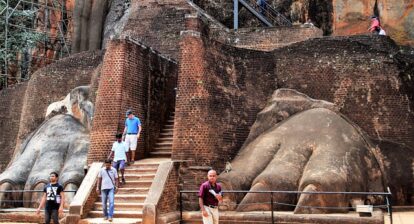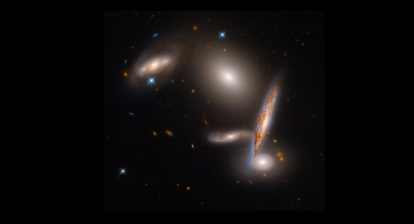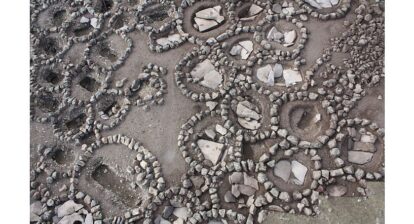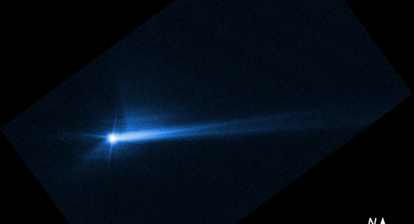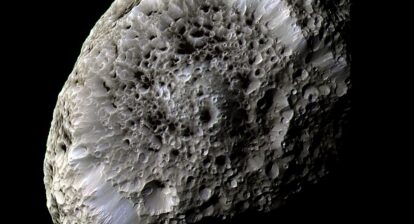A new study sheds new light on the prehistoric migration to the Americas, suggesting that some of the first arrivals to the north and south America came from China during two distinct migrations. The first one took place during the last ice age, and the second occured shortly after.
It has been conventionally thought that ancient Siberians crossed over a land bridge that existed in the Bering Strait linking modern Russia and Alaska. They have been thought to be the only ancestors of Native Americans. This new analysis published in Cell Reports says that in addition to the previously indicated ancestral sources of Native Americans in Siberia, northern coastal China also served as a genetic reservoir contributing to the American gene pool. This ancient lineage from China is known as D4h, found in mitochondrial DNA, which is inherited only from mothers and is used to trace maternal ancestry.
According to the scientists: “Although it is widely recognized that the ancestors of Native Americans (NAs) primarily came from Siberia, the link between mitochondrial DNA (mtDNA) lineage D4h3a (typical of NAs) and D4h3b (found so far only in East China and Thailand) raises the possibility that the ancestral sources for early NAs were more variegated than hypothesized.”

The Native American lineage D4h3a can trace its ancestry to northern coastal China. Radiations of D4h contribute to gene pools of Native Americans and Japanese. Credit: Yu-Chun Li et al, Cell Reports
Researchers, from the Kunming Institute of Zoology, spent 10 years sifting through 100,000 modern and 15,000 ancient DNA samples across Eurasia, looking for D4h. In the end they used 216 modern and 39 ancient individuals who came from the ancient lineage.
Mutations in the samples helped them to reconstruct the D4h lineage’s origin and history, showing two migration events. The first was between 19,500 and 26,000 years ago during the Last Glacial Maximum, when ice sheet coverage was at its greatest and climate conditions in northern China must have been inhospitable.
The second occurred between 19,000 and 11,500 years ago, when the ice had started to melt. It is thought that the increase in populations during this period might have triggered migrations.
And during the second migration, the same lineage of people settled in Japan, contributing to the Japanese people, especially the indigenous Ainu. This could help explain similarities in prehistoric arrowheads and spears found in the Americas, China and Japan.
The team thinks that these travelers must have been seafarers, who traversed the Pacific coast by boats, because at this time the passageway between two ice sheets in modern Canada had not opened up.
“We analyze 216 contemporary (including 106 newly sequenced) D4h mitogenomes and 39 previously reported ancient D4h data. The results reveal two radiation events of D4h in northern coastal China, one during the Last Glacial Maximum and the other within the last deglaciation, which facilitated the dispersals of D4h sub-branches to different areas including the Americas and the Japanese archipelago. The coastal distributions of the NA (D4h3a) and Japanese lineages (D4h1a and D4h2), in combination with the Paleolithic archaeological similarities among Northern China, the Americas, and Japan, lend support to the coastal dispersal scenario of early NAs.”, say the researchers in the study.

According to the scientists, there is complementary evidence from Y chromosomal DNA showing that male ancestors of Native Americans lived in northern China at the same time as the female ancestors. This has made the team confident in their results.
So, it cannot be too far fetched to infer that Native Americans had both Siberian and Chinese ancestry, even though we do not know exactly where in northern China this expansion occurred and why it took place. More analysis of ancient genomes is needed to arrive at more concrete answers.
Read the full study here.

